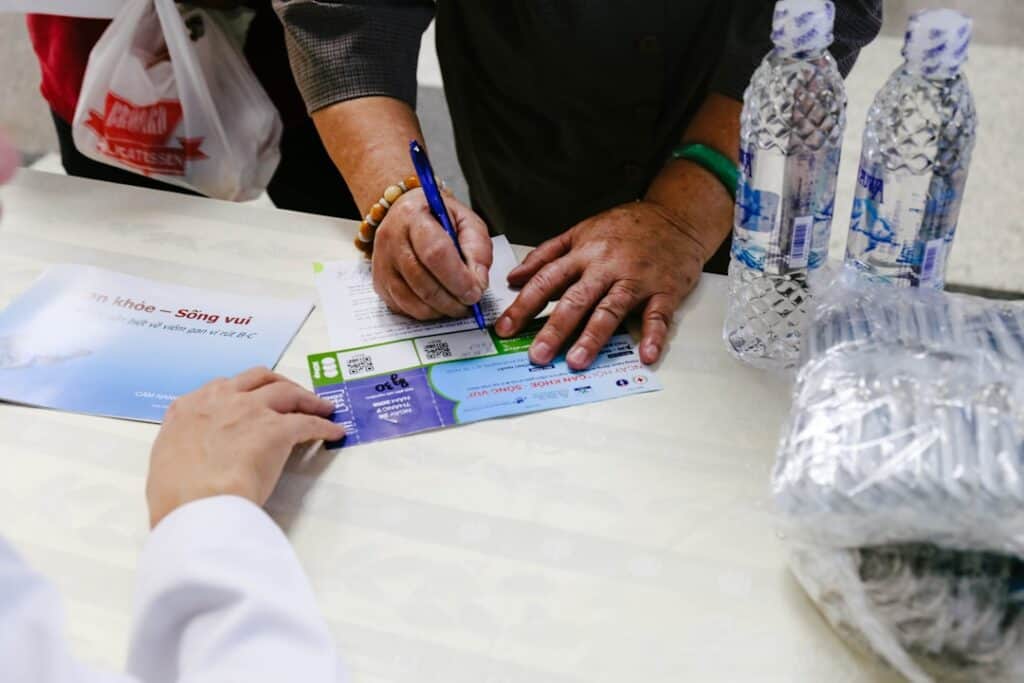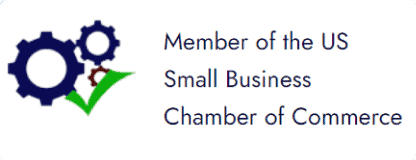Explanation of the Changes to The Employee Retention Tax Credit in The New COVID Relief Bill

Explanation of the Changes to The Employee Retention Tax Credit in The New COVID Relief Bill The Employee Retention Credit (ERC) of 2020 has been extended to 2021. This article gives a concise explanation of those changes to The Employee Retention Tax Credit in the new COVID Relief Bill. The new bill makes changes to […]
California Law Updates and California Minimum Wage Updates (2021)

California Law Updates and California Minimum Wage Updates (2021) Several new or amended employment laws take effect in California on January 1, 2021, including mandatory child abuse reporting, expanded crime victim leave, and increased minimum wages and exempt employee salaries. California Law Update: Mandated Reporting Training Employees who supervise and directly interact with minors, as […]
California Stimulus Package Details

California Stimulus Package Details The California stimulus package to help struggling businesses in the state has been launched by Governor Newsom. It includes the California Rebuilding Fund, California Hiring Credit, and California Small Business Grant Fund. California Rebuilding Fund California Stimulus Package – Low Interest Loans for Small Business The California Rebuilding Fund offers up to […]
Tax Credit Extension for Paid Sick Leave

Tax Credit Extension for Paid Sick Leave In the new $900B COVID Relief Bill, Tax Credits for Emergency Paid Sick Leave and EFMLA will be extended to March 31, 2021. The relief bill just became law. It answers the question of whether federal Emergency Paid Sick Leave (EPSL). It also stipulates that the Emergency Family […]
Federal Stimulus Package and the New PPP Changes

Federal Stimulus Package and the New PPP Changes News of a Federal Stimulus Package and changes to the PPP is now official, offering some new financial relief tools to business, individuals, and specific sectors. The State of California also offered new information and gateways to financial resources through the State. You can find more details […]
Compliance Requirements for a Remote Workforce

Compliance Requirements for a Remote Workforce Due to the increased work from home, compliance requirements for a remote workforce is the hottest topic in HR today. According to Gallup, the number of days employees are working remotely has doubled during the pandemic. Some companies are even considering making a remote work arrangement permanent. While there […]
Simplified PPP Forgiveness Form 3508S

Simplified PPP Forgiveness Form 3508S Recipients of PPP loans can now apply for forgiveness using the simplified PPP forgiveness Form 3508S if they borrowed $50,000 or less. This form was just released by the treasury and the SBA on October 8, 2020. It provides new guidance on the forgiveness and loan review processes for all […]
New Back-to-School FFCRA Guidance from the Department of Labor (DOL)

New Back-to-School FFCRA Guidance from the Department of Labor (DOL) The new back-to-school FFCRA guidance from the department of labor (DOL) is out. Ever since it became clear that not all schools would be fully reopening for the new school year, employers and employees have been unclear on what to do. They have been wondering […]
Temporary Employee Tax Deferral

Temporary Employee Tax Deferral The temporary employee tax deferral program is as a result of a Presidential memorandum. On August 8th, President Trump directed the Treasury Secretary to use his authority to defer the withholding, deposit and payment of employees’ portions of Social Security taxes from September 1 through December 31, 2020. The goal is […]
FFCRA Sick Leave Rules Changes

FFCRA Sick Leave Rules Changes The Families First Coronavirus Response Act (FFCRA) put in place sick leave rules to help employees take sick leave without losing their jobs. These Coronavirus sick leave rules have not been without issues. As a result, some aspects of the Coronavirus sick leave rules (FFCRA) sick leaves have been changed, […]



